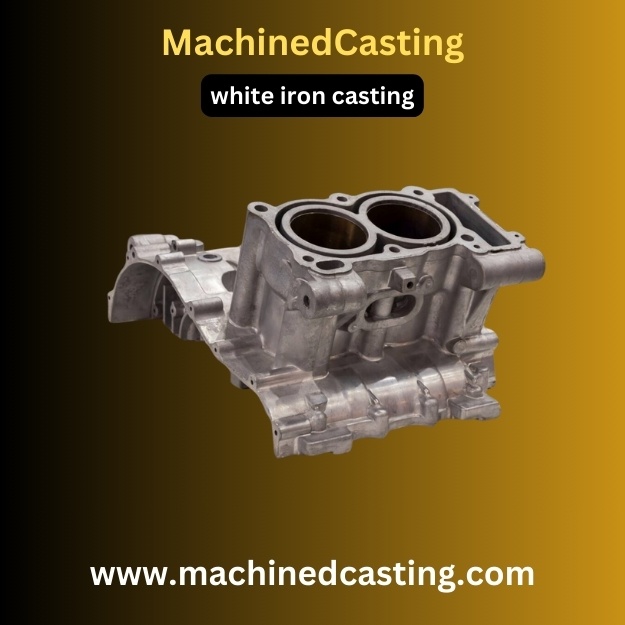White iron casting is a time-honored technique renowned for its durability and versatility in creating complex shapes and structures. From industrial machinery components to decorative elements, white iron casting finds application in various sectors. This guide aims to provide a detailed overview of the white iron casting process, from material selection to finishing touches.
-
Understanding White Iron: White iron is a type of cast iron distinguished by its white crystalline fracture surface. It contains carbide impurities that lend it exceptional hardness and abrasion resistance. This makes it ideal for applications requiring strength and wear resistance, such as mining equipment, pump housings, and crusher parts.
-
Material Selection: Choosing the right material is crucial for successful white iron casting. Common white iron grades include high chrome white iron and Ni-Hard. High chrome white iron offers excellent abrasion resistance, while Ni-Hard provides superior toughness and impact resistance. The selection depends on the specific requirements of the application.
-
Pattern Making: The casting process begins with pattern making, where a replica of the desired part is created using wood, plastic, or metal. Precision is key in ensuring accurate casting dimensions and surface finish. Modern techniques like computer-aided design (CAD) and 3D printing have revolutionized pattern making, enabling intricate designs with minimal time and effort.
-
Molding and Core Making: Molding involves creating a cavity in which molten metal is poured to form the casting. Cores are used to create internal features and cavities within the casting. Various molding methods, such as green sand molding, shell molding, and investment casting, are employed based on factors like complexity, quantity, and desired surface finish.
-
Melting and Pouring: Once the mold is prepared, the next step is melting the white iron. Electric arc furnaces or induction furnaces are commonly used for melting, ensuring precise control over temperature and alloy composition. The molten metal is then poured into the mold cavity, filling it completely to form the desired shape.
-
Cooling and Solidification: After pouring, the casting undergoes a cooling and solidification process. Proper cooling rates are essential to prevent defects like shrinkage and porosity. Controlled cooling techniques, such as heat treatment and quenching, may be employed to optimize the microstructure and mechanical properties of the casting.
-
Finishing and Machining: Once cooled, the casting undergoes finishing operations to remove excess material and achieve the final dimensions and surface quality. Machining processes like milling, drilling, and grinding are employed to achieve tight tolerances and smooth surface finishes. Surface treatments like shot blasting or painting may also be applied for enhanced aesthetics and corrosion resistance.
-
Quality Control: Quality control is paramount in white iron casting to ensure compliance with specifications and standards. Non-destructive testing methods like ultrasonic testing and magnetic particle inspection are used to detect internal defects. Dimensional inspections and mechanical testing validate the integrity and performance of the castings.
Conclusion: White iron casting combines traditional craftsmanship with modern technology to create durable and high-performance components for various applications. By understanding the intricacies of the casting process and adhering to stringent quality standards, manufacturers can consistently deliver excellence in white iron casting.


No comments yet